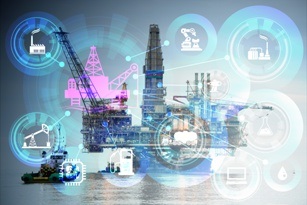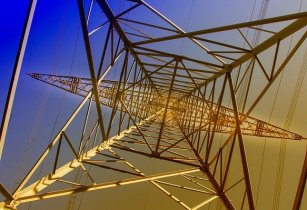
John Minnee joins TechnologyCatalogue.com to help in customising offerings for oil and energy companies in Kuwait. (Image source: TechnologyCatalogue.com)
The Netherlands-based TechnologyCatalogue.com has signed up a local partner in Kuwait to provide country-specific technology solutions, as part of the companys plan to scale up its presence in the Middle East









